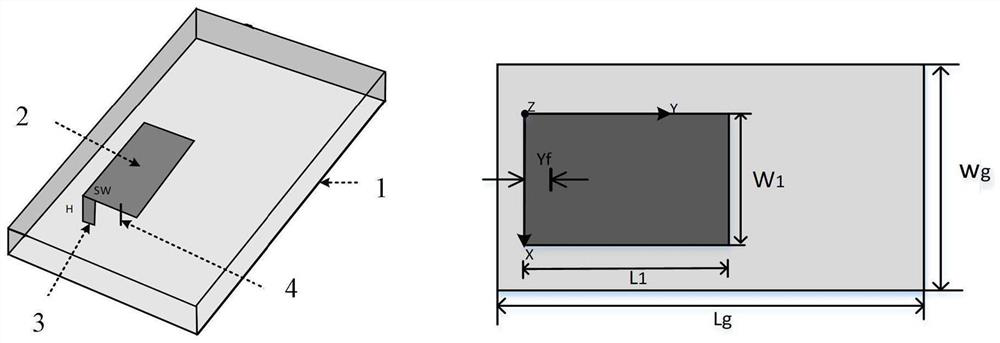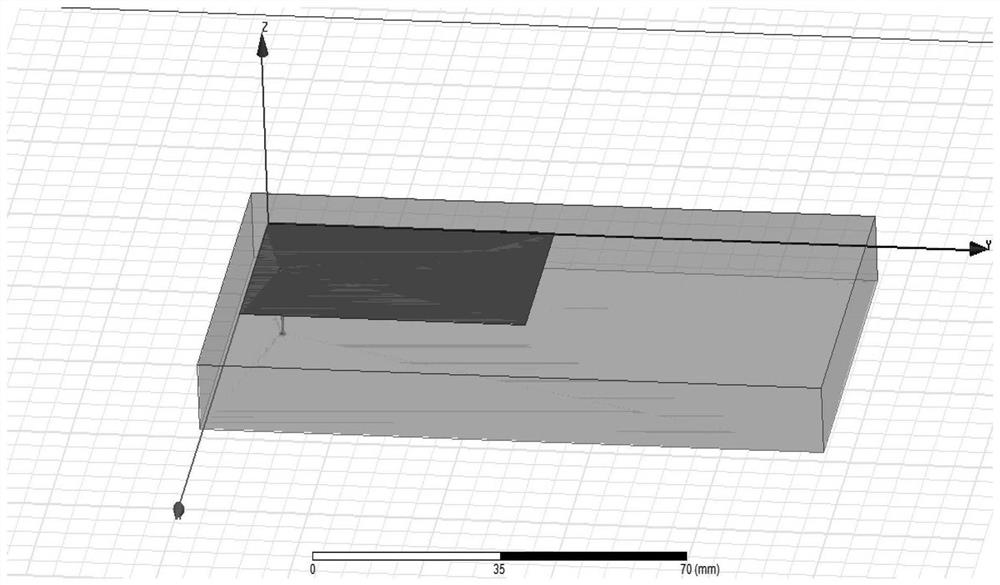Planar inverted F-shaped antenna resonant frequency prediction method based on semi-supervised learning
A semi-supervised learning and resonant frequency technology, applied in neural learning methods, biological neural network models, design optimization/simulation, etc., can solve the problems of many labeled samples, multiple calls, and long time consumption, and achieve satisfactory prediction accuracy and improve Efficiency and time-saving effects
- Summary
- Abstract
- Description
- Claims
- Application Information
AI Technical Summary
Problems solved by technology
Method used
Image
Examples
Embodiment Construction
[0034] The technical solution of the present invention will be further described in conjunction with the accompanying drawings and embodiments.
[0035]The present invention aims at the problem that when the traditional supervised learning modeling method is used to model the resonant frequency of the PIFA antenna, relatively many labeled samples are required and the calculation time is too long. On the basis of the existing semi-supervised collaborative training, a A collaborative training method based on GP model and SVM model is proposed, and the resonant frequency of PIFA antenna is modeled, which reduces the amount of labeled data required for modeling and improves the accuracy of the model.
[0036] The present invention is a method for predicting the resonant frequency of a planar inverted-F antenna based on GP and SVM cooperative training, comprising the following steps:
[0037] Step 1: Modeling of GP and SVM
[0038] 1) Acquisition of training samples
[0039] A ma...
PUM
 Login to View More
Login to View More Abstract
Description
Claims
Application Information
 Login to View More
Login to View More - R&D
- Intellectual Property
- Life Sciences
- Materials
- Tech Scout
- Unparalleled Data Quality
- Higher Quality Content
- 60% Fewer Hallucinations
Browse by: Latest US Patents, China's latest patents, Technical Efficacy Thesaurus, Application Domain, Technology Topic, Popular Technical Reports.
© 2025 PatSnap. All rights reserved.Legal|Privacy policy|Modern Slavery Act Transparency Statement|Sitemap|About US| Contact US: help@patsnap.com



